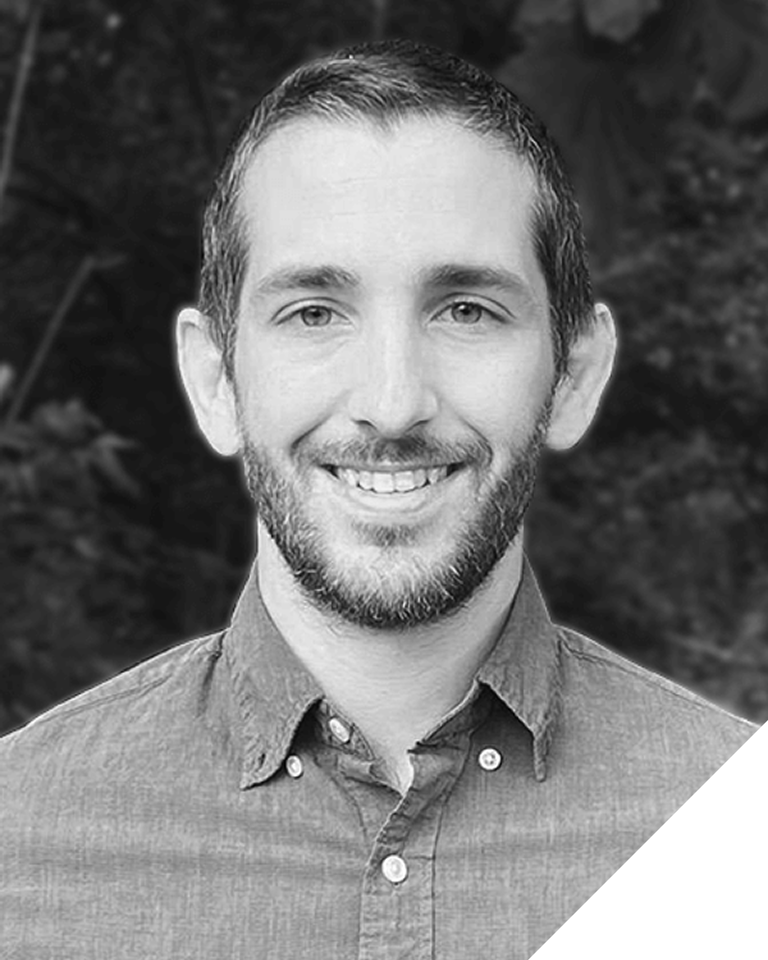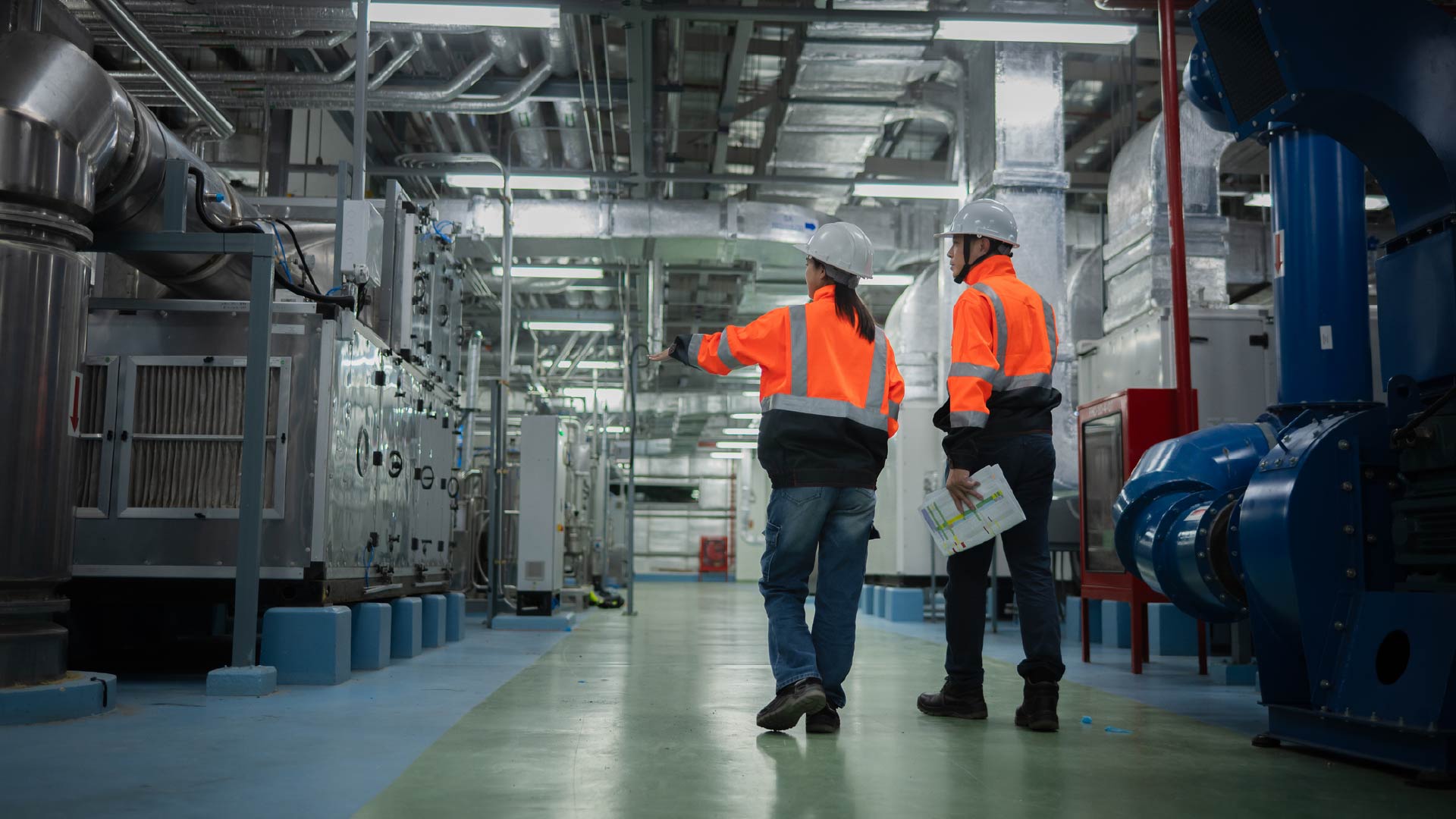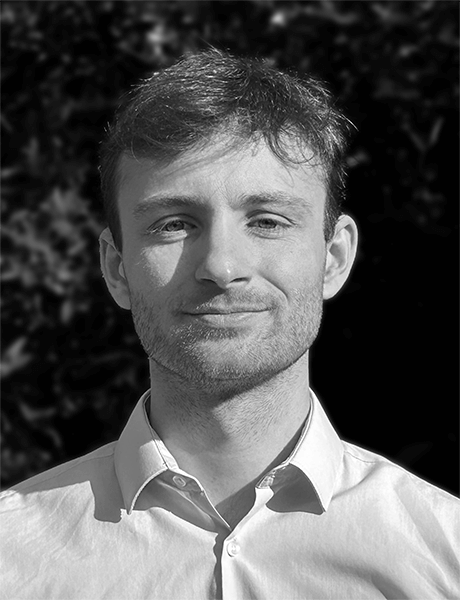New Approaches to Reducing Serious Injuries, Fatalities and High Potential Events

Kel Udeala
02 Jun, 2020
Access this research
Access all EHSQ Corporate Leaders content with a strategic subscription or buy this single report
Need help or have a question about this report? Contact us for assistance
Executive Summary
After more than two decades of attempts to reduce workplace fatalities, the average decrease in such events has been very low compared to the average decrease in workplace injuries. This is a major concern for EHS managers, as it shows that traditional approaches have not had a similar and significant impact on reducing workplace fatalities. This report aims to provide EHS managers with a new analysis of influencing factors, provide insights into new approaches to reducing these fatalities and serious injuries, and suggest technologies that can aid in this endeavour.
Firms Focus On New Mitigation Strategies As Historical Approaches Fall Short
Old Versus New Views Of Serious Injuries, Fatalities And High-Potential Events
Technology Underpins Effective Mitigation Of Serious Injuries, Fatalities And High-Potential Events
Technology Solutions That Address Situational Risks From Worker-Machine Interactions
Technology Solutions That Address Systemic Risks
Industry Risk-Level Categorization Helps Firms Align Resources In Tackling Serious Injuries, Fatalities And High-Potential Events
Old Versus New Views Of Serious Injuries, Fatalities And High-Potential Events
Technology Underpins Effective Mitigation Of Serious Injuries, Fatalities And High-Potential Events
Technology Solutions That Address Situational Risks From Worker-Machine Interactions
Technology Solutions That Address Systemic Risks
Industry Risk-Level Categorization Helps Firms Align Resources In Tackling Serious Injuries, Fatalities And High-Potential Events
Figure 1. Heinrich’s Safety Triangle
Figure 2. Prioritization Scenarios Based On Industry Risk Category
Figure 2. Prioritization Scenarios Based On Industry Risk Category
.S. Chemical Safety and Hazard Investigation Board, Acumentive, Airbus Aerial, Airsweb, BP, Campbell Institute, Caterpillar, Cognibox, Cority, Cyberhawk, DroneDeploy, Enablon, Engage EHS, Equivital, ETQ, Fatigue Science, FLIR, Gensuite, Golder, Guardhat, Health & Safety Executive, Industrial Scientific, Intelex, Kenzen, Logical Safety, McElhattan Foundation, Microdrones, National Safety Council, Occupational Safety & Health Administration (OSHA), OneLook Systems, Ramboll, SAI Global, SHE Software, Simple But Needed (SBN), Sphera, TCS, Triax Technologies, VelocityEHS, Veolia
About the Authors

Bill Pennington
VP Research
Bill is VP Research at Verdantix, where he leads analysis on the evolving and interconnected landscapes of EHS, quality, AI and enterprise risk management. His research helps ...
View Profile
Kel Udeala
Industry Analyst
Kel is an Industry Analyst at Verdantix. His current agenda focuses on EHS, Industrial Hygiene and Occupational health software. He has a background in oil and gas, rene...









